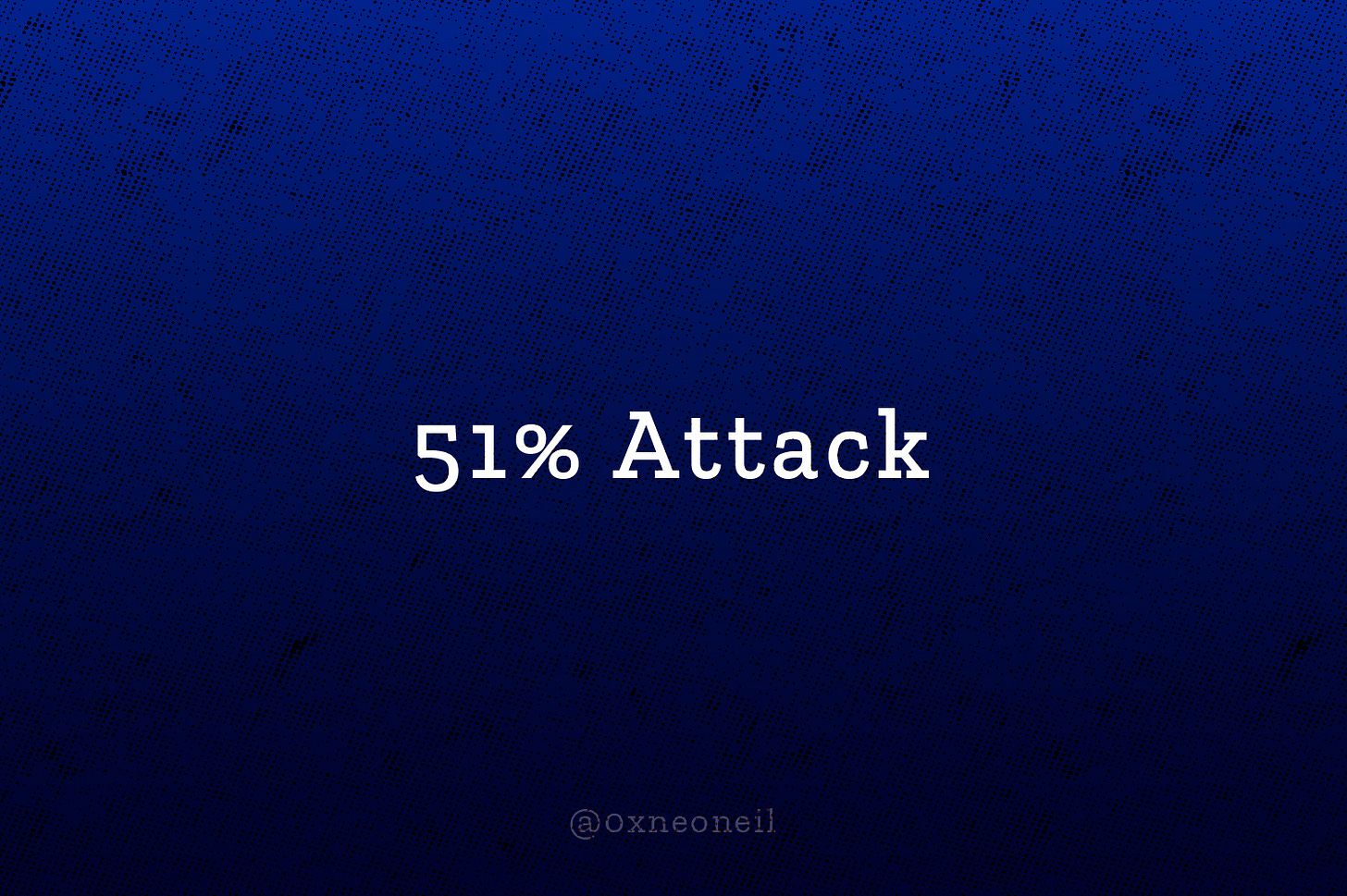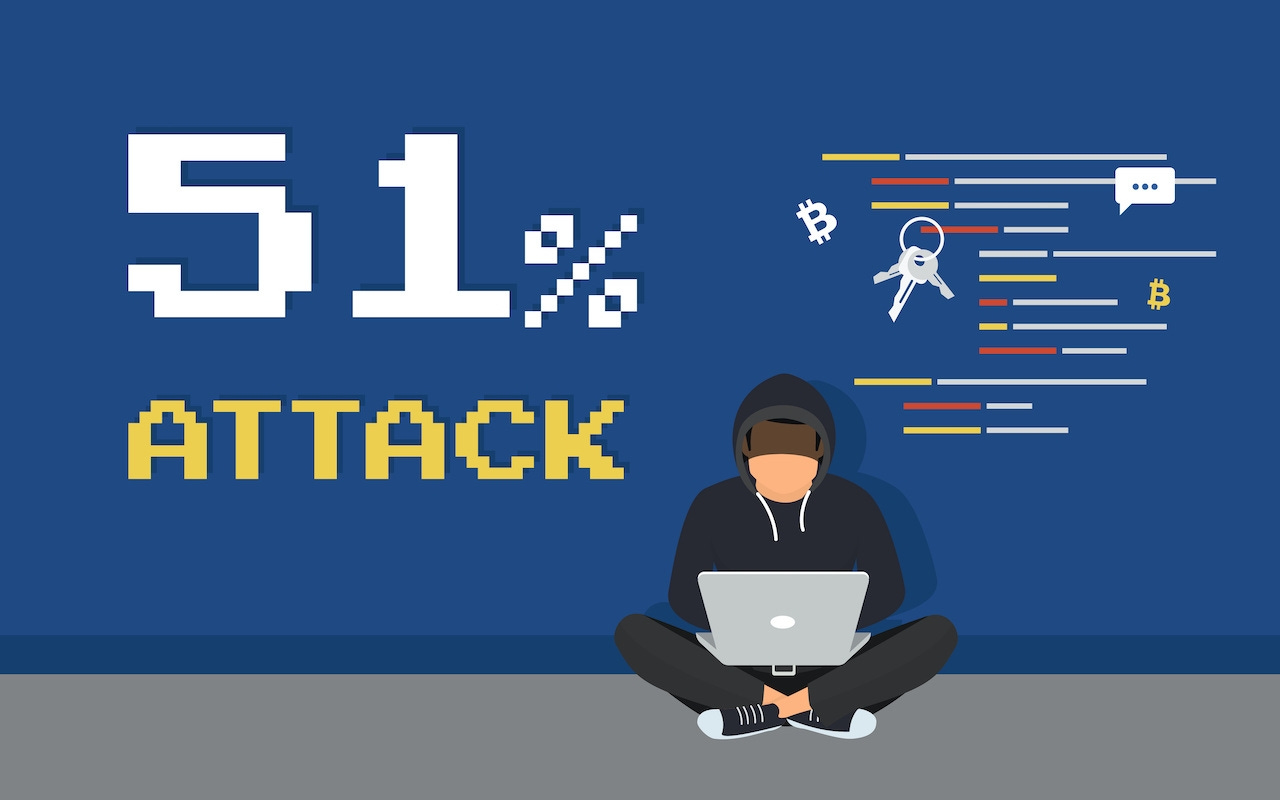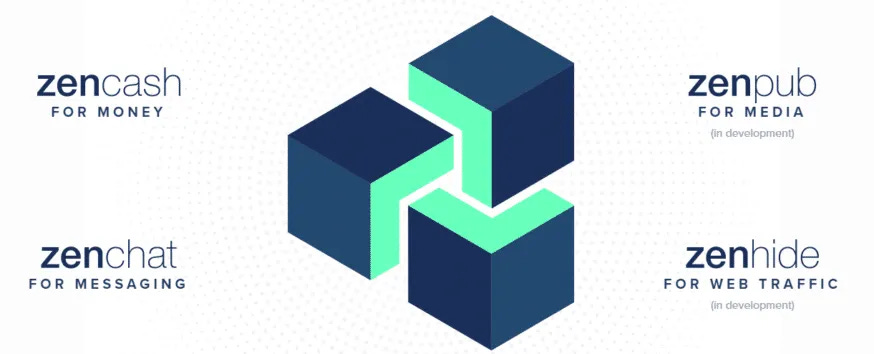Understanding 51% Attack. How does 51% Attack work?
A 51% attack is a type of attack on a blockchain network that allows an attacker to control a majority of the network’s mining hash rate or computing power.
Hello everybody, I'm Neo — Admin — Community Manager of Optimus Finance and Growth Marketing of LECLE Vietnam.
Cryptocurrency and blockchain are more complicated and technical than regular fiat currencies, and there are many different ways to attack them. One of the most well-known attacks is the 51% attack.
In this article, we will walk you through it and explore how 51% attack work. Let’s get explored it!
1. What is a 51% attack?
A 51% attack is a type of attack on a blockchain network that allows an attacker to control a majority of the network’s mining hash rate or computing power.
This allows the attacker to interfere with the normal operation of the network, potentially allowing them to:
Block other miners from validating transactions
Reverse or modify transactions that have already been confirmed
Double spend cryptocurrency
In order to perform a 51% attack, an attacker would need to control at least 51% of the network’s mining hash rate or computing power. This is often considered to be a theoretical attack, as it would require a significant amount of resources to carry out.
However, there have been instances in which smaller networks with fewer miners have been successfully attacked.
This could lead to major financial losses for businesses and individuals that use the affected cryptocurrency. In some cases, it could also result in a complete loss of confidence in the currency, causing its value to dump.
51% attacks are a major concern for many cryptocurrencies, especially those with smaller market caps. However, even large and well-established coins like Bitcoin and Ethereum are not immune to these types of attacks.
2. The cause of 51% attack
There are a few reasons why a 51% attack can happen in cryptocurrency:
Centralization of mining power: If the mining power on a cryptocurrency network is highly centralized, it may be easier for a single entity or group of entities to gain control of more than half of the network’s mining power.
Low hash rate: Some cryptocurrency networks have a relatively low hash rate, which makes them more vulnerable to 51% attacks.
Proof-of-work (PoW) consensus algorithm: The PoW consensus algorithm, which is used by many cryptocurrency networks, is based on miners competing to solve mathematical puzzles. If an entity is able to control more than half of the mining power on a PoW network, it can potentially carry out a 51% attack.
Lack of regulation: Cryptocurrency exchanges and mining pools are not always subject to strict regulation, which can make it easier for attackers to acquire the necessary resources to carry out a 51% attack.
While these are the main reasons why a 51% attack can happen, there are also a few other factors that can contribute to it.
In recent years, there have been a number of high-profile attacks on major platforms, including Ethereum Classic, Bitcoin Gold, and ZenCash. As the cryptocurrency industry continues to grow, it is likely that we will see more attacks in the future.
3. How does 51% attack work?
A 51% attack works by an attacker gaining control of more than half of the mining power (hashrate) on a proof-of-work (PoW) blockchain network. This allows the attacker to have the majority of the network’s mining power, which enables them to:
Block other transactions from being added to the blockchain: The attacker can choose to not include other users’ transactions in the blocks they mine, effectively preventing those transactions from being added to the blockchain.
Reverse transactions that have already been added to the blockchain: The attacker can use their mining power to mine new blocks that do not include certain transactions that they want to reverse. This allows them to effectively “undo” those transactions and return the cryptocurrency to their own wallet.
Prevent new blocks from being added to the blockchain: The attacker can choose to not add any new blocks to the blockchain, effectively halting the network’s ability to process new transactions.
It’s important to note that 51% of attacks are only possible on Proof of Work (PoW) based blockchain networks. This is because PoW is the only Consensus algorithm that requires miners to have a certain amount of skin in the game.
With other consensus algorithms like Proof of Stake (PoS), there is no need for miners to invest in expensive hardware or dedicate large amounts of electricity to mining. This makes it impossible for anyone to control more than 50% of the network.
4. 51% of attack examples
In the world of blockchain, there were multiple 51% attacks that successfully reversed transactions and double-spent coins. Here are a few examples.
4.1. Ethereum Classic
In January 2019, Ethereum Classic, a cryptocurrency that was created as a result of a hard fork of the Ethereum blockchain, suffered a 51% attack.
The attackers were able to double-spend a large number of ETC tokens and caused the value of the cryptocurrency to drop significantly.
The Ethereum Classic team responded quickly to the attack, working with exchanges and other stakeholders to blacklist the addresses associated with the attackers.
This prevented them from being able to sell their coins and cash out their profits. The team also implemented a hard fork to fix the issue, which caused the network to split into two separate chains.
The attackers lost a significant amount of money in the process, and the Ethereum Classic team was able to quickly recover from the attack.
4.2. Bitcoin Gold
The Bitcoin Gold blockchain suffered a second 51% attack in May 2018. The attack resulted in the reorganization of over 100 blocks and the double-spending of around $72,000 worth of BTG. This was the second time in less than two months that the Bitcoin Gold network had been hit by a 51% attack.
The first attack took place in March 2020 and saw someone reorganize over 300 blocks and spend around $19,000 worth of BTG. This attacker used a mining pool called “Nicehash” to rent hash power and carry out the attack.
The second attacker used a different mining pool called “MiningRigRentals”. This attacker only rented hash power for a few hours, which suggests that they may have been using their own personal mining rigs. This event resulted in $53,000 in double-spending.
The Bitcoin Gold team has responded to both attacks by changing the mining difficulty algorithm. This should make it more difficult for attackers to carry out 51% of attacks in the future.
Both of these attacks highlight the risks of proof-of-work (PoW) based cryptocurrencies. PoW consensus algorithms are often seen as being more secure than other types of consensus algorithms, but these Attacks show that they are not immune to 51% of attacks.
4.3. ZenCash
In June 2018, the ZenCash cryptocurrency suffered a 51% attack, resulting in the theft of over $550,000 worth of ZEN tokens.
Mining pool operators notified the ZenCash team of a potential attack and exchanges were quickly contacted and warned to increase confirmation times.
5. How to prevent 51% of attacks on the blockchain
It is often said that blockchain is unhackable. However, this is not strictly true — while the underlying technology may be secure, the exchanges and platforms that support cryptocurrencies are not always so well protected. In fact, 51% attacks are a very real threat to blockchain security.
There are a few measures that can be taken to help prevent 51% attacks on blockchain networks:
Increase the hashrate: One way to make a 51% attack more difficult is to increase the overall hashrate of the network. This makes it more expensive for an attacker to acquire the necessary mining power to carry out the attack.
Use a different consensus algorithm: Some consensus algorithms, such as proof-of-stake (PoS), do not rely on mining and are therefore not vulnerable to 51% attacks.
Implement stronger security measures: Blockchain networks can implement stronger security measures, such as increased transaction fees or penalty systems, to make 51% attacks less financially viable for attackers.
Increase decentralization: Increasing the number of independent miners and mining pools on a network can make it more difficult for a single entity or group to gain control of more than half of the network’s mining power.
Regulate mining pools and exchanges: Implementing stricter regulation of mining pools and exchanges can make it more difficult for attackers to acquire the resources needed to carry out a 51% attack.
Using a hardware wallet: Hardware wallets are offline devices that store your private keys and allow you to sign transactions without ever exposing your keys to the internet.
These precautions can help protect yourself against 51% attacks and keep your funds safe.
6. Closing thoughts
In general, 51% of attacks are very difficult to implement successfully and are not a major concern for most cryptocurrencies.
However, smaller and less well-known coins may be more vulnerable to this type of attack. For investors, it is important to do your own research and understand the risks involved before investing in any cryptocurrency.
What about your thoughts? If you want to know further about it, don’t hesitate to share it with us! 😀
This post is for educational purposes only. All materials I used were the different reference sources. Hope you like and follow us and feel free to reach out to us if there is an exchange of information. Cheers! 🍻
#51%attack #bitcoin #BTC










